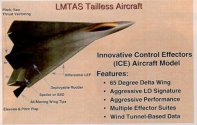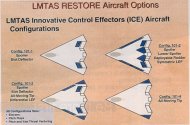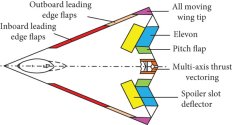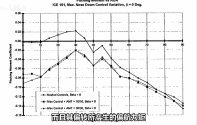J-50's IWB is too small. Its payload capacity is improved too little compared to 5th gen.
The possible DSI guide groove in the middle makes things worse.
For the roles and positions of which the J-XDS is expected to take in the system, the IWBs (whether it has side bays or not) is pretty sufficient for its size.
Meanwhile, without foldable tails (which makes many confused why canceled),
Because requirement for greater stealth capabilities compared to even 5th-gen fighters. I don't see how that's confusing.
can it achieve super maneuverability?

In addition to the possible 2D thrust vectoring nozzles on the J-XDS - NASA says yes.





Well, it's equivalent to a 5th gen without tails. But I can't see any other improvement besides better stealth. Not like J-36, which is improved everywhere.
Well, you're wrong.
I've explained on it sometime ago, so I'll just paste it here.
What the J-XDS offers which considerably surpasses 5th-gen fighters include-but-not-limited-to:
- The J-XDS has a much larger internal volume than the 5th-gens, meaning more spaces for fuel = Larger combat radius/range.
- The J-XDS has a much larger wing area than the 5th-gens, meaning smaller wing loading = Superior flight performances.
- The J-XDS has a greater engine thrust than the 5th-gens (except J-20A, assuming the J-XDS still uses WS-15 for serial-production units instead of further derivatives of the WS-15 or even ACE-based WS-XX), meaning a much superior onboard power-generation capacity = More powerful avionics, computing and cooling systems can be installed onboard = Exceptional air combat capabilities (MUMT, MIMO, networked combat, etc).
In fact, the last point is an absolute key requirement for 6th-gen air combat systems going forward, which is something that decisively crushes every preceding generations of fighter jets.
To put it simply - The J-36 should be seen as an "air cruiser", whereas the J-XDS should be seen as an "air destroyer".






